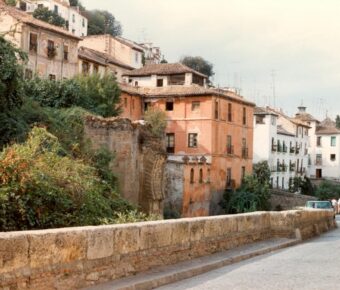Antibes vs Menton: Ultimate Côte d’Azur Showdown for Travelers
Trying to pick between Antibes and Menton? Yeah, it’s tricky. It really depends on the kind of trip you’re hoping for.
If you want a central base with a lively old town, sandy beaches, and quick access to the rest of the Riviera, Antibes comes out ahead. Menton, right on the Italian border, moves at a slower pace. It’s colorful, a bit quirky, and has that Mediterranean flair you just don’t find anywhere else on the coast.
I’ve spent time in both, and honestly, the vibes couldn’t be further apart. Antibes draws you in with its busy markets, the Picasso Museum, and the late-night energy of Juan-les-Pins.
Meanwhile, Menton charms you with lemon groves, pastel streets, and those calm waterfront walks that feel like you’re already in Italy—even though you’re not.
Table of Contents
- Key Takeaways
- Antibes vs Menton: Atmosphere and Vibe
- Ambiance and Local Culture
- Crowds and Seasonality
- Family-Friendliness vs Nightlife
- Beaches and Waterfront Experiences
- Plage des Sablettes vs Cap d’Antibes
- Beach Quality and Accessibility
- Water Activities and Relaxation
- Historic Sights and Monuments
- Old Town Exploration
- Fort Carré and Cap d’Antibes
- Iconic Landmarks in Menton
- Gastronomy and Top Restaurants
- Fine Dining Highlights
- Local Specialties and Markets
- Best Cafés and Bistros
- Location and Regional Access
- Proximity to Côte d’Azur Highlights
- Transportation and Connectivity
- Day Trips: Monaco, Cannes, and Beyond
- Accommodation Options and Travel Tips
- Hotel Variety and Unique Stays
- Apartment Rentals and Budget Choices
- Insider Tips for Booking
- Frequently Asked Questions
- What unique attractions does Menton offer compared to Antibes?
- How do the beaches in Antibes and Menton differ in terms of amenities and atmosphere?
- Can you recommend some hidden gems for dining in both Antibes and Menton?
- What are the best accommodation options in Antibes for families traveling with children?
- How does the cultural and historical significance of Menton contrast with that of Antibes?
- What are the travel options available when journeying between Nice and Menton, and how do they compare to those between Nice and Antibes?
- Book Your Dream Experience
- More Travel Guides
Key Takeaways
- Antibes gives you a central location with a lively cultural scene and nightlife
- Menton serves up a slower pace and Italian-influenced charm
- Both towns offer beaches, history, and food you’ll want to check out
Antibes vs Menton: Atmosphere and Vibe
Both towns sit on the same stretch of coastline, but wow, do they feel different. One’s a lively, central hub where locals and travelers mix, and the other is slower, brushing right up against Italy.
Ambiance and Local Culture
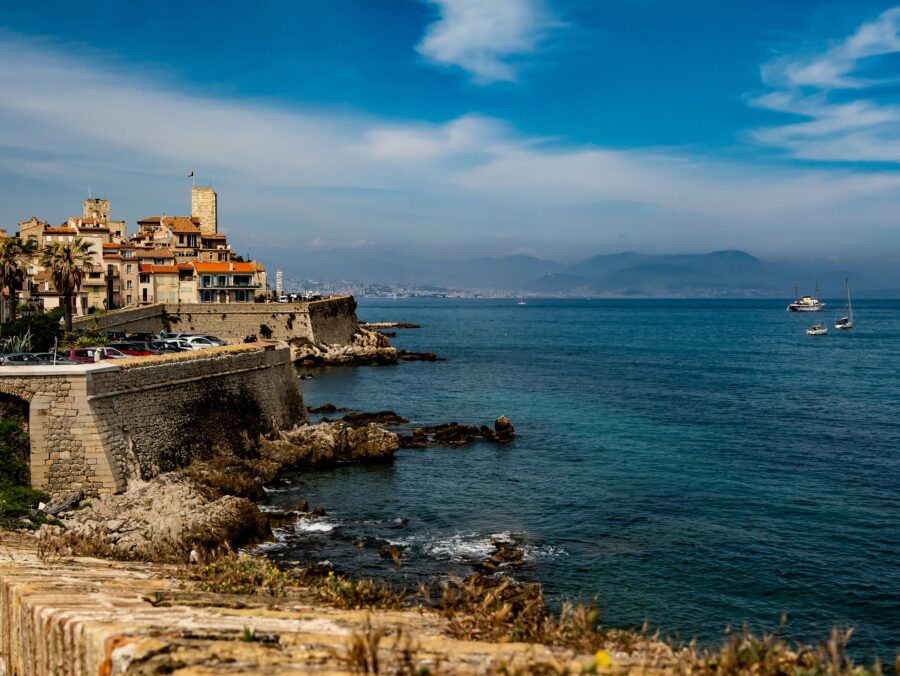
Antibes gives you that old-world charm with a cosmopolitan twist. The old town is a tangle of narrow lanes, Provençal markets, and tiny cafés where you’ll hear French and English in equal measure.
Just a quick walk away, Juan-les-Pins flips the script—think trendy beach clubs, cocktail bars, and a jazz festival that takes over summer nights.
Menton, on the flip side, feels like a border town that never really tried to keep up with the rest of the Riviera. Pastel buildings, quiet promenades, and food with a real Italian twist give it this gentle, unhurried personality.
You’ll spot more family-run shops than international chains, which keeps things authentic but, yeah, sometimes a bit sleepy.
For me, Antibes is perfect if you want variety—markets in the morning, museums after lunch, and nightlife that goes late. Menton is where you just let the Mediterranean pace slow you down.
Crowds and Seasonality
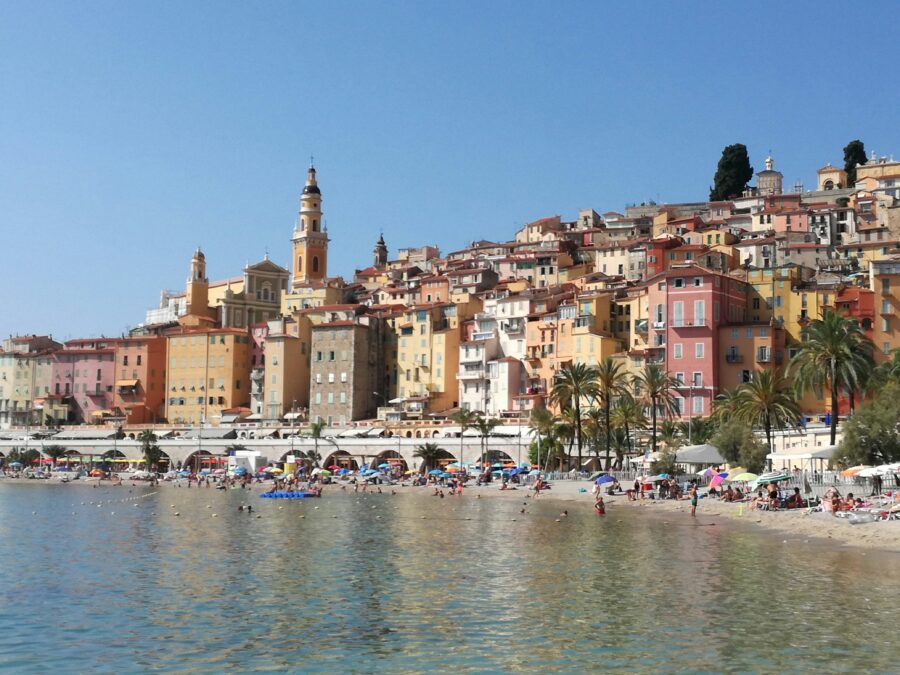
Antibes sits right in the middle of the action, so it gets busier. In July and August, the old town streets can get packed, especially near the Picasso Museum or the sandy beaches.
You’ll hear every accent under the sun, see yachts bobbing in the marina, and feel that unmistakable Riviera buzz.
Menton stays a lot calmer, even during the high season. Sure, the Lemon Festival in February brings out the crowds, but outside of that, it’s much more relaxed compared to Antibes.
The beaches in Menton are a mix of sand and pebbles, so you won’t see quite as many people as you do on Antibes’ sandy stretches.
If you’re traveling in the shoulder months—May or September—Antibes still hums with life. Menton, though, can get so quiet that some restaurants close early. If you’re used to late dinners, it might catch you off guard.
Family-Friendliness vs Nightlife
Families lean toward Antibes. It’s the sandy beaches, easy train links, and attractions like Marineland (though honestly, it’s not for everyone).
The old town has loads of casual dining, and kids can run wild around the harbor without much worry.
Menton works better for families who want peace and quiet. The seafront promenade is stroller-friendly, and the whole place just moves slower, which is nice with young kids. Teens, though? They might get a little bored.
Nightlife? Antibes wins hands down. The bars in the old town and clubs in Juan-les-Pins keep going until sunrise if you’re up for it.
Menton is about quiet dinners, maybe a gelato by the sea, and then heading back to your hotel. If you like to wind down early, you’ll love it.
Beaches and Waterfront Experiences
Both towns line the French Riviera, but their coastlines are worlds apart once you’re actually standing there. One is all about lively resort beaches and nightlife, while the other is quieter, more postcard-perfect, with a dash of Italian style.
Plage des Sablettes vs Cap d’Antibes
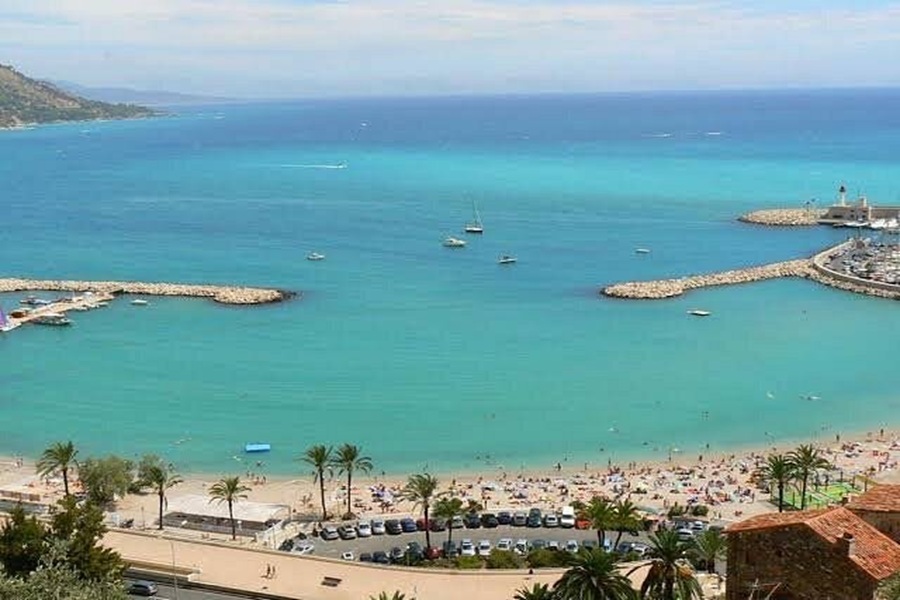
In Menton, Plage des Sablettes steals the show. It sits right below the old town, so you get that classic view of colorful buildings climbing the hillside.
The beach is wide, super family-friendly, and the water stays calm most days. Locals and families fill it up, especially as the sun starts to dip.
Antibes’ coastline changes up depending on where you go. Cap d’Antibes feels wild and rugged, with little coves tucked between rocky cliffs.
If you want more action, Juan-les-Pins is the spot—sandy beaches, buzzing beach clubs, and music that drifts out over the water late into the night.
Honestly, I love the contrast. Menton’s waterfront is made for slow strolls, while Antibes offers everything from hidden coves to high-energy beach parties.
Beach Quality and Accessibility
Antibes’ beaches lean toward soft sand, especially in Juan-les-Pins and near the old town. If you hate pebbles, you’ll be happy here.
Some smaller coves around Cap d’Antibes do have pebbles, though, so maybe bring water shoes just in case.
Menton’s beaches are a mix of sand and pebbles. Plage des Sablettes is the go-to if you want sand right in town, but as you wander east, you’ll hit more pebbles.
The upside? The water is usually super clear and calm, which is perfect for kids or anyone a little nervous about swimming.
You can catch a train between the two towns in about an hour. Antibes feels more central for hopping around the Riviera, while Menton is a bit more tucked away.
Water Activities and Relaxation
If you’re into water sports, Antibes is the place. Juan-les-Pins offers paddleboards, jet skis, and even parasailing. The marinas make it easy to book sailing trips or go all out with a yacht charter.
Menton is quieter in that department. You’ll still find paddleboarding and kayaking, but most people just swim or float around in the calm water.
Antibes tends to attract a younger crowd looking for action. Menton, meanwhile, draws folks who just want to soak up the view and take it easy.
Neither one’s better, really—it just depends on your mood.
I usually split my time: a couple of sunset walks in Menton, then back to Antibes for a beach day that ends with drinks in Juan-les-Pins. It’s the best of both worlds if you can manage it.
Historic Sights and Monuments
Both Antibes and Menton are packed with history—think medieval walls, old forts, and winding old towns that feel real, not staged.
Old Town Exploration
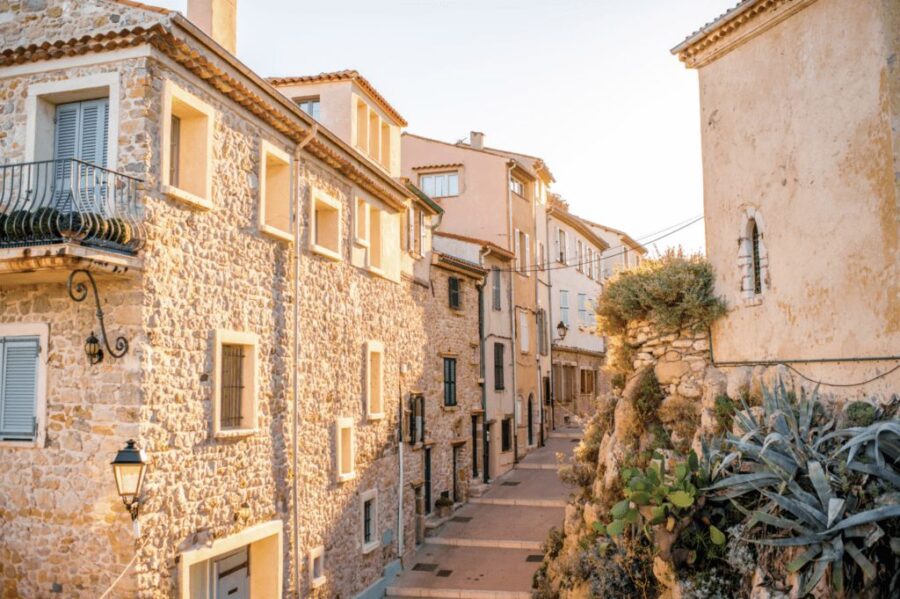
Wandering Antibes’ old town feels like stepping into a maze where every lane eventually spills out onto the sea.
Pastel houses, stone archways, and those old walls that once protected the town—they’re all still there, especially near the port.
Menton’s old town, though, climbs steeply up the hillside. The streets are tighter, the steps steeper, but the payoff is those killer views back down to the water.
It’s got a more Italian flavor, with ochre facades and faded green shutters everywhere you look.
If you love to people-watch, Antibes’ squares are livelier, dotted with cafés and full of chatter. Menton’s alleys are quieter, perfect if you want peace or to stumble on a hidden chapel.
Both towns are best explored slowly—rush through and you’ll miss the magic.
Fort Carré and Cap d’Antibes
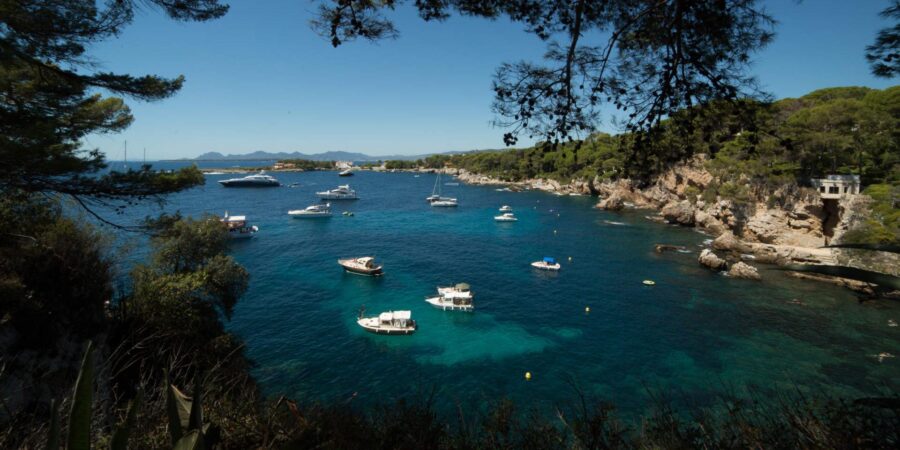
Fort Carré in Antibes stands out. Built in the 16th century, it sits high above the harbor and once guarded the coastline.
You can walk the ramparts and imagine the soldiers keeping watch. On a clear day, the views stretch all the way to the Alps.
Just past it, Cap d’Antibes tells a different story. It’s not a traditional monument, but the peninsula is dotted with old villas and lush gardens that once drew in artists and writers.
Walking the coast trail, you’ll catch glimpses of wild cliffs and grand estates—a reminder of how the rich left their mark here.
If you’re into military history, Fort Carré is a must. But if landscapes and grand homes are more your thing, Cap d’Antibes will keep you wandering.
Iconic Landmarks in Menton
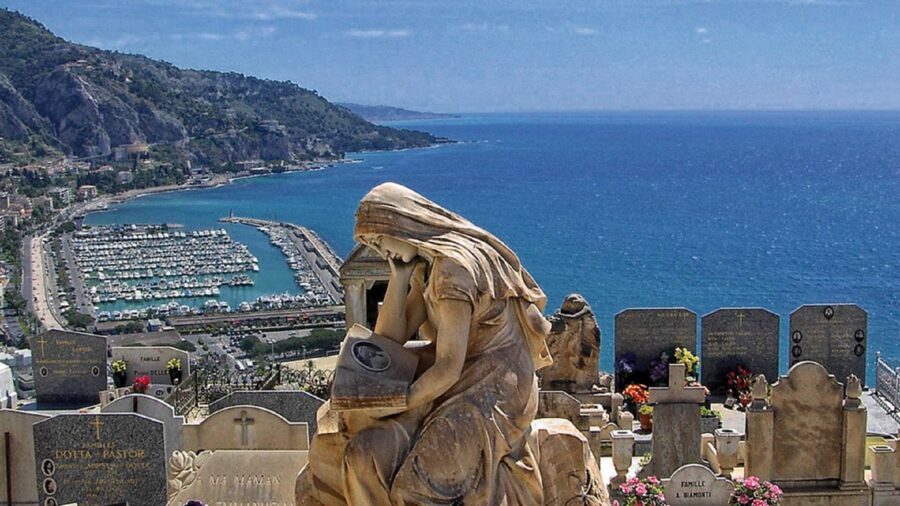
Menton doesn’t have a fortress, but its baroque churches and sea-view cemeteries are unforgettable.
The Basilica of Saint-Michel is the star, with its bell tower rising above everything.
Climb up to the square and you’ll get one of the best views in town.
The Cemetery of the Old Château is another highlight. It’s peaceful, shaded by cypress trees, and the views over the rooftops and sea are just unbeatable.
No wonder artists and photographers keep coming back.
Menton also has villas and gardens that feel like monuments in their own right. The Val Rahmeh Botanical Garden, for example, shows off the town’s love affair with exotic plants and Mediterranean living.
It’s less about grand military history here—more about beauty, faith, and everyday life that’s carried on for centuries.
Gastronomy and Top Restaurants
Food is a huge part of what makes both Antibes and Menton special. One town leans into refined French cuisine with a creative twist, while the other celebrates citrus and Mediterranean flavors that feel almost Italian.
Fine Dining Highlights
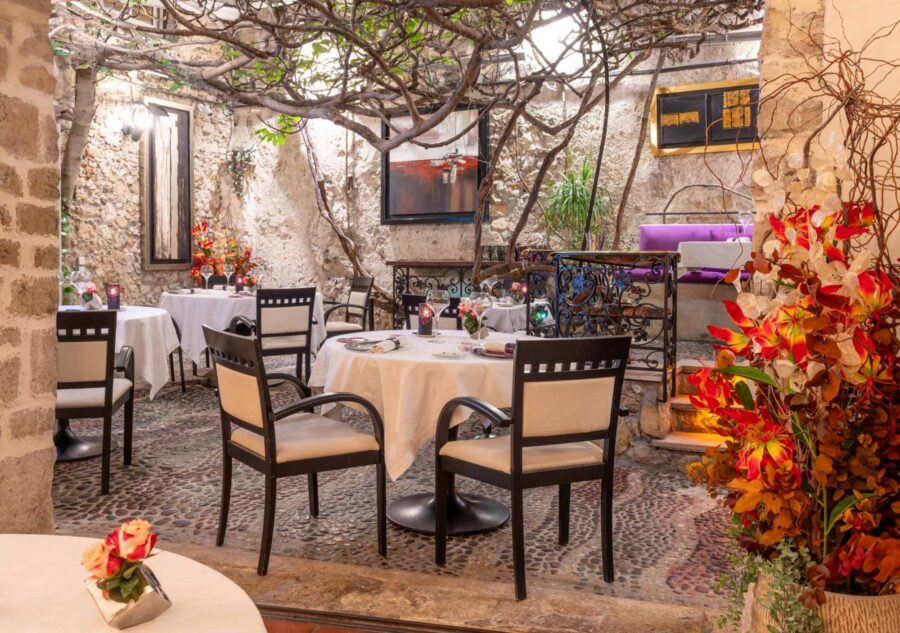
If you’re after something special, Antibes has a couple of standouts. Restaurant Le Figuier Saint-Esprit is tucked near the old ramparts and serves classic French cuisine with a modern edge.
Every plate feels thoughtful but still cozy.
Restaurant L’Arazur is another favorite. The menu changes with the seasons, and I still remember a dish built around roasted veggies and fresh herbs—simple, but so good I think about it sometimes.
Menton has its own heavyweight: Restaurant Mirazur. It’s often ranked among the world’s best, and honestly, it’s more than just a meal.
The views over the sea, the way Menton’s citrus sneaks into the food—it’s all part of the experience. If you’re going to splurge, this is the place.
Local Specialties and Markets
Let’s talk lemons—Menton’s obsession. You’ll spot them everywhere, from sauces to desserts, and even a basic grilled fish gets a lemon twist that’s so much brighter than anything I’ve tasted back home. If you happen to visit in February, the Lemon Festival takes over the entire town with a wild, citrusy energy.
In Antibes, the Provençal market is the place to hang out. Locals actually shop here for olives, cheeses, and whatever fruit’s in season. I remember grabbing a basket of figs and just eating them on the steps outside—it honestly felt like the most natural lunch in the world.
If you love wandering, both towns make it easy to stumble on tiny shops selling cured meats, pastries, and local wines. Take your time. Half the joy is tasting as you go and chatting with the people behind the counter.
Best Cafés and Bistros
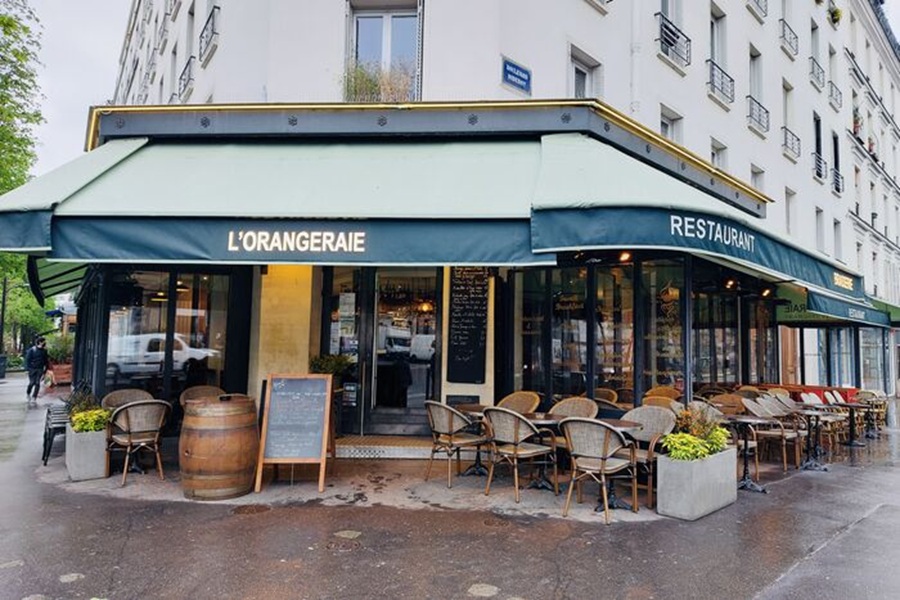
Craving a casual meal in Antibes? The old town is packed with small bistros serving hearty plates without any fuss. Most lean into seafood—think grilled sardines, mussels, or a simple bouillabaisse. If you’re after something lighter, there’s Healthy Lounge Restaurant where you can take a break from all the rich French cooking.
Menton charms with its mix of seaside cafés and hidden little eateries. Restaurant L’Orangeraie really goes for citrus-inspired dishes, and Case Fuego is a dream for meat lovers with a rustic vibe. Both spots are relaxed but definitely stick in your memory.
If you’re in it just for coffee and a pastry, Menton’s waterfront is lined with cafés where you can easily lose a couple of hours. Antibes has its share too, but I swear the pace in Menton is slower—perfect for people-watching over an espresso.
Want more details on where to eat? Here’s a list of the best restaurants in Antibes and a guide to restaurants in Menton.
Location and Regional Access
Antibes and Menton both sit on the eastern stretch of the Côte d’Azur, but their locations totally shift the vibe. One’s more central, the other almost in Italy, and that changes how you explore the region.
Proximity to Côte d’Azur Highlights
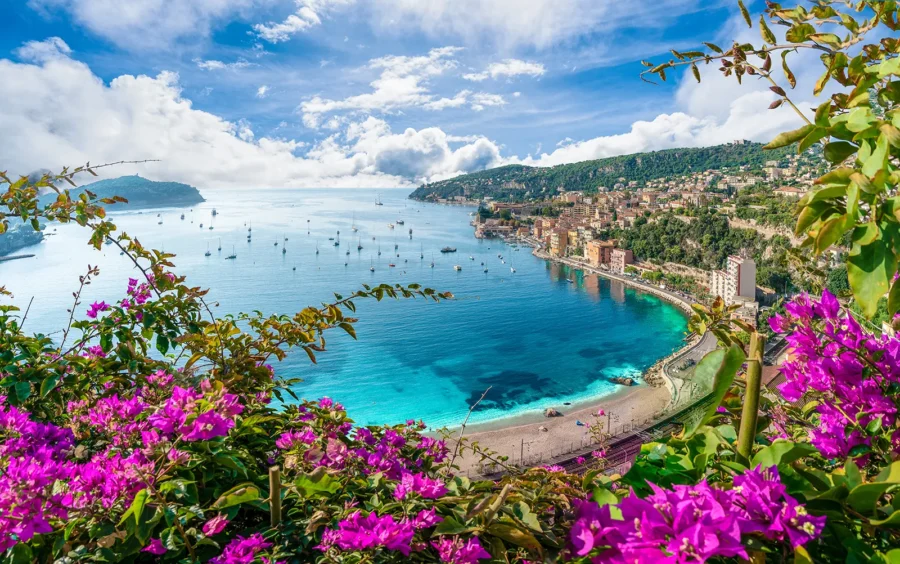
If your plan is to bounce around the Riviera with minimal backtracking, Antibes is your best bet. It’s right between Nice and Cannes, so you’re smack in the middle of the action. A quick drive gets you to Grasse and its perfume tours, or to the medieval lanes of St Paul de Vence.
Menton sits right at the Italian border, which is perfect if you’re curious about hopping over to Liguria for a day. You’re also close to Roquebrune and its castle, and Monaco is basically in your backyard. But if you want to roam west, get ready to spend more time on the road.
Transportation and Connectivity

You’ll find regular trains running along the coast from Marseille to Menton, so hopping between towns without a car is easy. Still, I’ve found renting a car gives you way more freedom, especially if you want to chase down those hilltop villages. If you go that route, book early on DiscoverCars—summer demand is no joke.
Antibes sits about 25 minutes from Nice-Côte d’Azur Airport, while Menton’s closer to 40. If you’re flying in from abroad, you’ll probably land in Nice, so Antibes is just more convenient. I always check flight deals before locking in my dates.
Inside the towns, Antibes’ old center is mostly flat and pedestrian, so walking’s a breeze. Menton’s waterfront is flat too, but if you wander uphill into the old town, expect some steep streets.
Day Trips: Monaco, Cannes, and Beyond
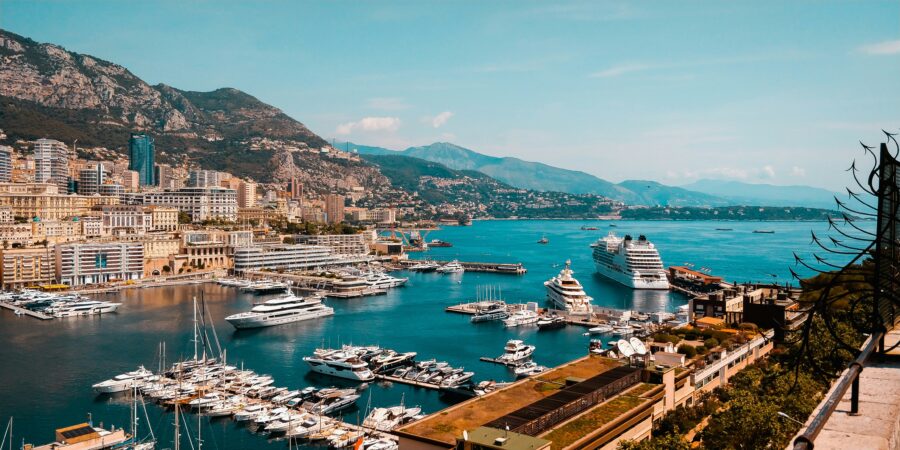
From Antibes, you can zip to Cannes in about 25 minutes, Nice in 35, and Monaco in just under an hour. That central spot makes it easy to explore a bunch of towns in quick bursts. You can also head inland to Mougins or Valbonne—both are charming and way less crowded.
Menton’s day trips lean east. Monaco is just 25 minutes away, and the Italian border is right there if you’re itching for a change of pace. Sainte-Agnès, one of Europe’s highest coastal villages, sits a short drive up the mountain. If you’d rather not plan, there are plenty of guided tours to make things easier.
Both towns offer plenty of options, but here’s the thing: Antibes is great for covering the breadth of the Côte d’Azur, while Menton is your spot if you want a quieter base with Italy and Monaco right next door.
Accommodation Options and Travel Tips
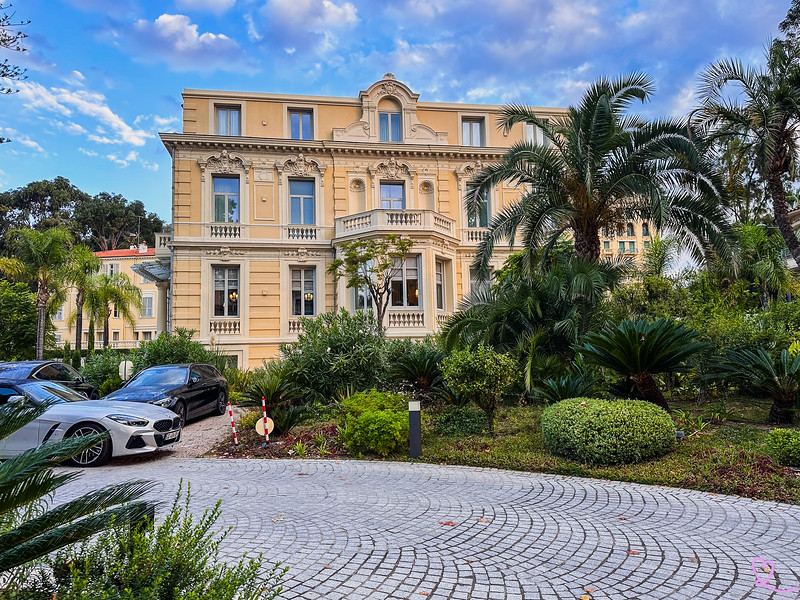
You’ll find a good mix of hotels, rentals, and practical travel options in both Antibes and Menton. The real differences? Location, style, and how much flexibility you want.
Hotel Variety and Unique Stays
If you’re after more hotel choices, Menton usually comes out ahead. The town has loads of small, family-run hotels, many with sea views right on the promenade. Some boutique spots really show off the Italian influence.
Antibes doesn’t have as many hotels, but the old town and Juan-les-Pins each bring their own energy. Old town hotels tuck into historic buildings with stone walls and twisty lanes, while Juan-les-Pins is more about beach resorts.
Luxury travelers might gravitate toward Menton for its elegant sea-view hotels, while Antibes is perfect if you want history at your doorstep. When I compare prices and availability, I usually check Booking.com since the Riviera books up fast in summer.
Apartment Rentals and Budget Choices
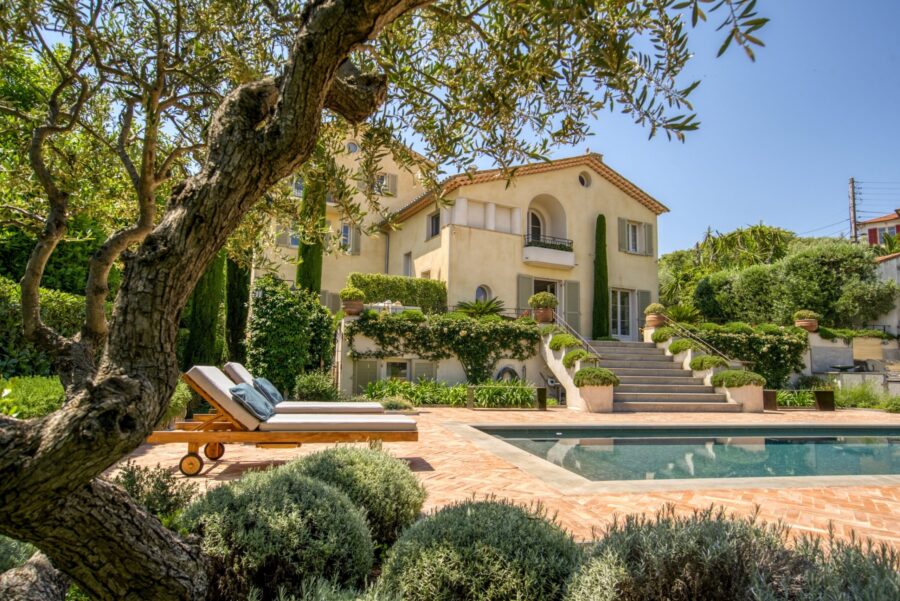
For longer trips or family getaways, apartment rentals just make sense. Antibes has a big supply, especially near the marina and Cap d’Antibes, and most come with kitchens so you can save a little on meals.
Menton also has plenty of vacation rentals, but they’re often smaller and closer to the waterfront. That’s perfect if you love walking everywhere. Prices usually run a bit lower than Antibes, especially outside the high season.
Budget travelers generally find Menton easier on the wallet. But if you’re flexible with timing, Antibes’ rentals can be a steal too, especially in the shoulder months. I’ve stayed in both towns, and honestly, having a kitchen to cook up market finds is a total game-changer.
Insider Tips for Booking
Book early—seriously. Both Antibes and Menton fill up months in advance during July and August. Even the shoulder seasons get busy with festivals and events. I start searching at least three months out, sometimes more.
If you’re flying in, compare rates on KAYAK or similar sites and see if bundling flights and hotels saves you some cash.
Think about logistics too. If you’re moving between towns, using a luggage storage service can keep travel days stress-free. And don’t skip travel insurance—especially if you’re braving the Riviera’s steep, twisty roads in a rental car.
I’d avoid last-minute bookings unless you’re coming in winter. Otherwise, you’ll overpay or end up way out of the center.
Frequently Asked Questions
Menton leans into its Italian influence with gardens and festivals, while Antibes feels more like classic French Riviera with art and history. Beaches, dining, and even your route from Nice all vary, so it really comes down to the kind of trip you want.
What unique attractions does Menton offer compared to Antibes?
Menton’s Italian vibe hits you in the food, architecture, and the old town’s whole feel. The Fête du Citron in February is wild—citrus sculptures and parades everywhere.
The town’s gardens, like Jardin Serre de la Madone, are peaceful escapes from the Riviera crowds. Antibes stands out for art history, especially the Picasso Museum inside the old Grimaldi Castle.
How do the beaches in Antibes and Menton differ in terms of amenities and atmosphere?
Antibes gives you sandy beaches and rocky coves. The public beaches near the old town are lively, and Cap d’Antibes offers more exclusive corners. You’ll find beach clubs with loungers and restaurants if you want the full-service scene.
Menton’s beaches are mostly pebbly, but the water is calm—great for swimming. The vibe is more laid-back, family-friendly, and you won’t spot as many luxury clubs as in Antibes.
In Antibes, I once ducked into a tiny bakery near the Marché Provençal and had the best pissaladière of my life. For a sit-down meal, Le Figuier de Saint-Esprit is a fantastic pick if you want something special that’s still unpretentious.
Menton is full of small, family-run spots that feel wonderfully local. There’s a little place called Sini that gets a lot of love for its home-style food. And if seafood’s your thing, the harbor area has casual restaurants with the freshest catch around.
What are the best accommodation options in Antibes for families traveling with children?
Families usually love staying near Juan-les-Pins, technically part of Antibes, with its wide sandy beaches and laid-back feel. There are mid-range hotels and apartments that make traveling with kids way easier.
If you’d rather be closer to the old town, look for small boutique hotels or vacation rentals with kitchens. Having your own space really helps when you’re traveling with little ones.
How does the cultural and historical significance of Menton contrast with that of Antibes?
Menton’s history is shaped by its spot on the Italian border. You’ll see it in the pastel buildings and taste it in the food—there’s a real Ligurian twist. The place feels like a blend of two cultures.
Antibes, on the other hand, has deep ties to French history and art. Its old fortifications still stand, and Picasso’s time here left a mark that draws art lovers from everywhere. It just feels more traditionally “French Riviera” compared to Menton’s hybrid vibe.
What are the travel options available when journeying between Nice and Menton, and how do they compare to those between Nice and Antibes?
Hop on the train from Nice to Menton, and you’ll find yourself gliding right along the coast for about 40 minutes. Honestly, it’s a gorgeous ride, though if you’re heading out during a festival or a busy summer weekend, expect crowds—sometimes you’ll have to squeeze in and just go with the flow.
If you’re on a budget, buses cost less but move at a slower pace. Driving? Well, I’ve done it, and let me tell you—traffic near Monaco can really test your patience.
Now, getting to Antibes from Nice feels like a breeze in comparison. The train only takes around 20 minutes, so if you’re pressed for time, Antibes is kind of a no-brainer for a quick day trip.
A lot of travelers actually choose to stay in Nice and just hop over to Antibes when the mood strikes. It’s that easy


